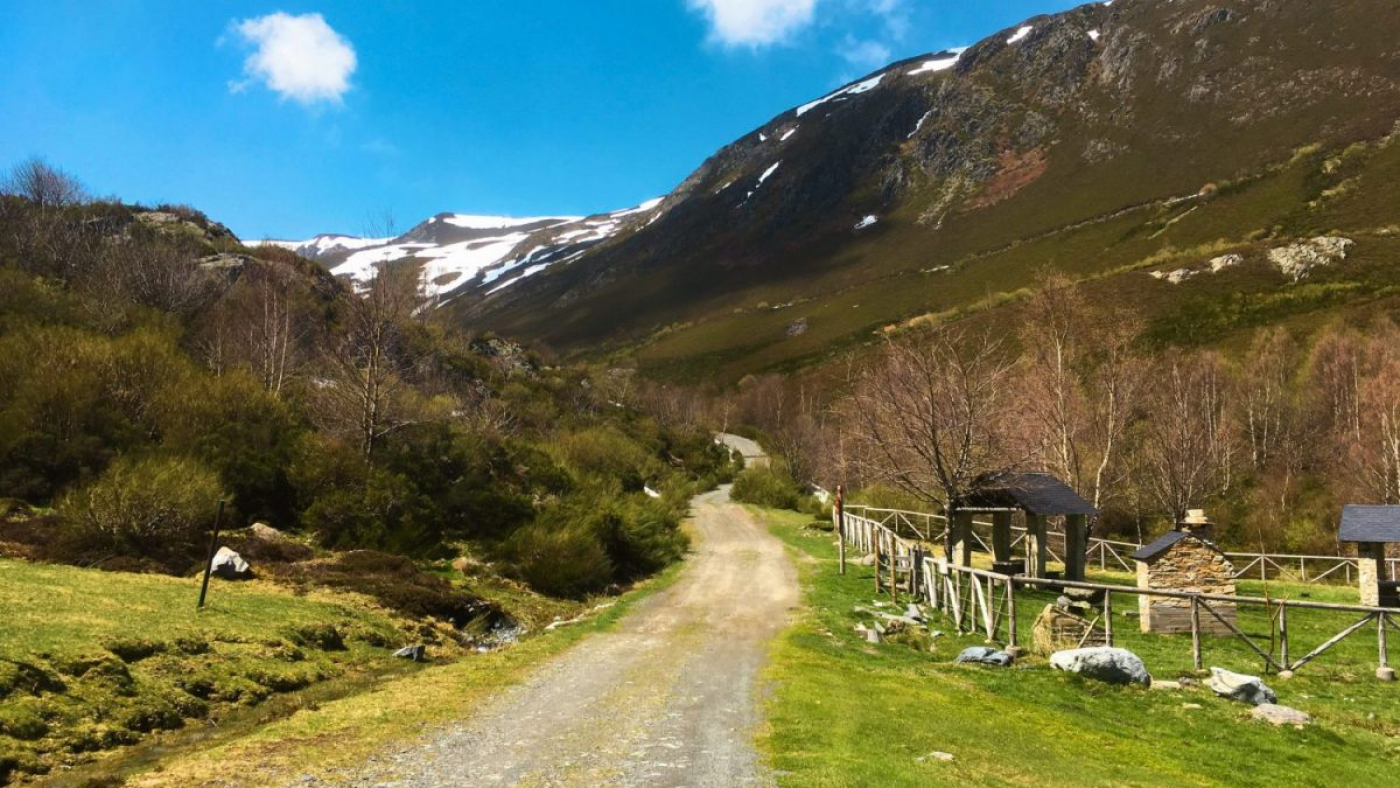In the landscape of the Ancares valley we can find villages such as Pereda de Ancares, which stands out above all for one of the most characteristic architectural features in this area: Las Pallozas. The origin of the Las Pallozas arises from old Celtic houses. The main characteristic of these houses is the fact that all the actions of daily life used to focus in a single body, with the haystack and the stable close to the house. The floor plan of these houses has an elliptical or rectangular form, with hardly any windows. Another feature is the roof, built in wood and caked straw called “teito”. The interior of the Palloza was divided by zones: one destined for cattle and another destined for housing known as “fire”, where food was cooked producing also the heat for the whole house.
Near the Palloza we can find another characteristic type of construction: El Hórreo, which has some architectural similarities with the Palloza. El Hórreo almost always shows up built in wood with a thatched roof and supported on stone pillars that used to protect it from humidity and rodent attacks, since it was used as a pantry for food and grain harvested by the inhabitants of the Palloza. Nowadays, the Pallozas are a great tourist attraction of these valleys, becoming true living museums of the life of the ancestors.
El Campo del Agua (water field) is one of the most remote places of the Los Ancares. Currently uninhabited, it is however a true reflection of the daily life of the closest ancestors. The village of Campo del Campo del Agua is only made of Pallozas and it was one of the best preserved monumental sets of traditional architecture in all of Europe until 1989, when most of the existing 22 Pallozas burned down.
This small village is noteworthy for its monumental character highlighting the Pallozas as a key cultural and tourist icon of this territory.


